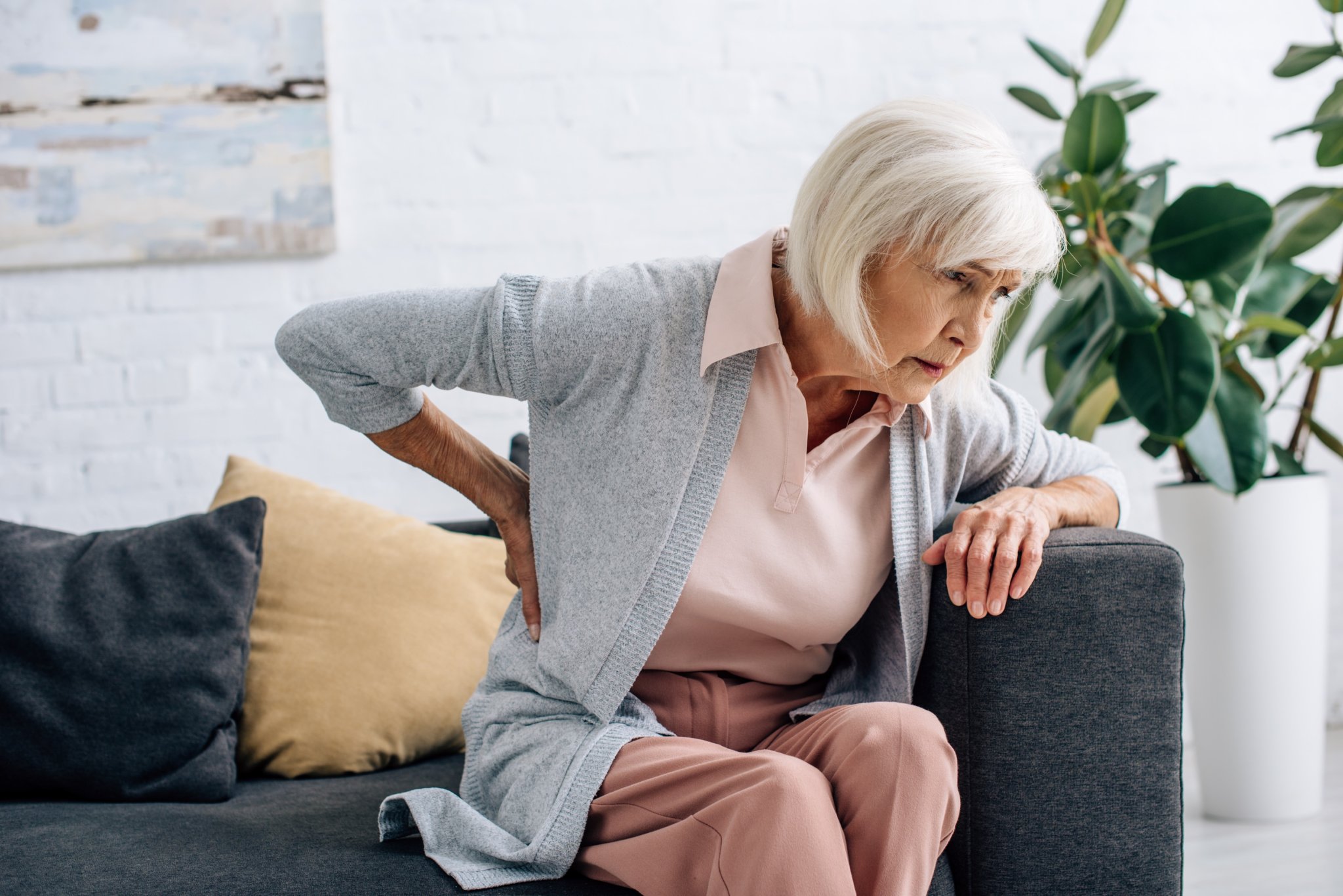Understanding osteoporosis

DID YOU KNOW that osteoporosis poses a significant health threat to an estimated 44 million Americans?
Osteoporosis is a disease that causes bones to become weak and fragile. The disease is such a danger to bones that even minor stresses on the bones such as coughing or bending over can result in a bone fracture. Although every bone in the human body is susceptible to osteoporosis, the most common bones to break are the spine, wrist or hip. Often labeled a silent disease, osteoporosis can develop without being noticed. People who are over 50 are at particular risk.
Signs and symptoms of osteoporosis include back pain, lessened height over time, stooped posture and bones that break much more easily than normal.
Osteoporosis can occur in both men and women. However, women are four times more likely to suffer from the disease than men. For many women, osteoporosis begins to develop about one or two years before menopause.
Other factors can put someone at risk for osteoporosis. The disease occurs most commonly in people who are white or of Asian descent. Having a family member with osteoporosis will also put someone at a higher risk.
Although age is a risk factor, osteoporosis is not a normal part of aging and there are ways people can reduce their risk for contracting the disease.
What can I do to prevent osteoporosis and broken bones?
Eat a variety of nutrient-dense foods every day. Be sure to eat multiple servings of fruits and vegetables.
Consume 1,000 to 1,200 milligrams of calcium each day. It is recommended that you reach this number from the foods you eat, rather than a supplement.
Reach your recommended amount of vitamin D. Your health care provider can help you find your recommended value.
Be physically active when you can. Movement will make your bones stronger.
Don’t smoke cigarettes.
Limit alcohol intake.
Get rid of clutter in your home to help avoid falls.
MADHUMATHI RAO, M.D. is professor and chief of nephrology at the University of Kentucky College of Medicine and physician with UK HealthCare.

